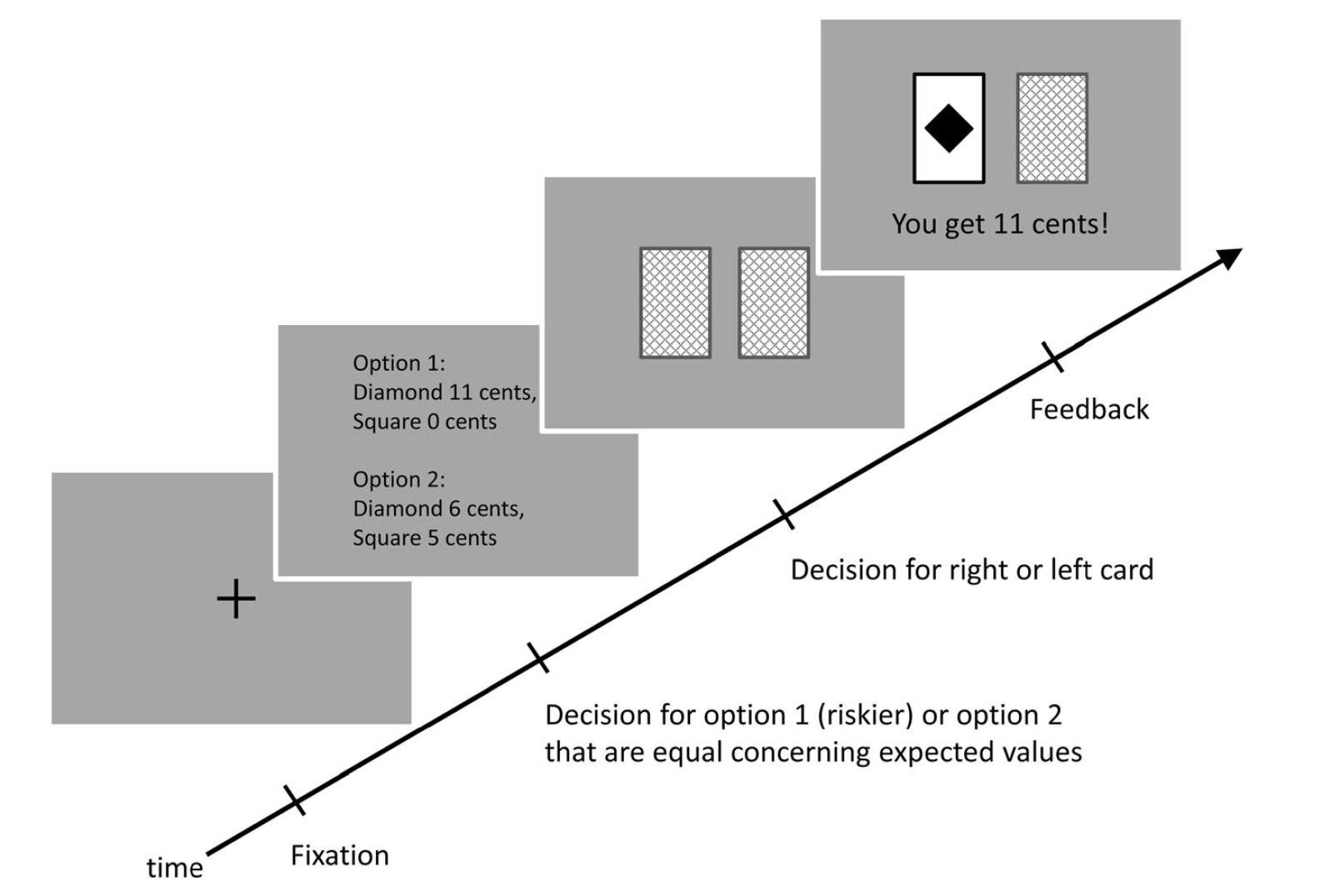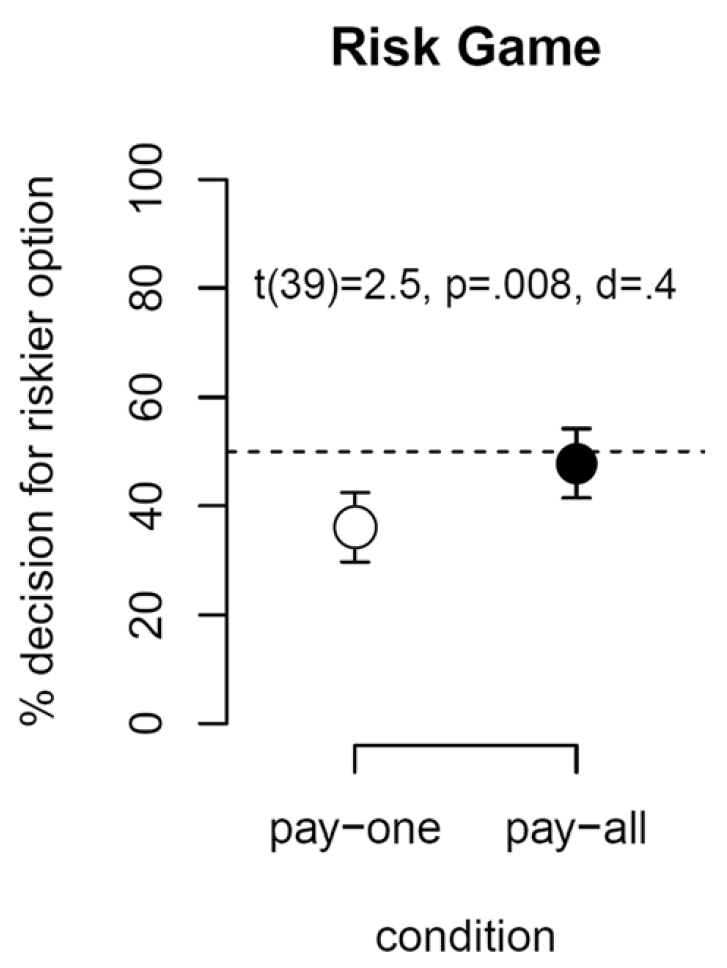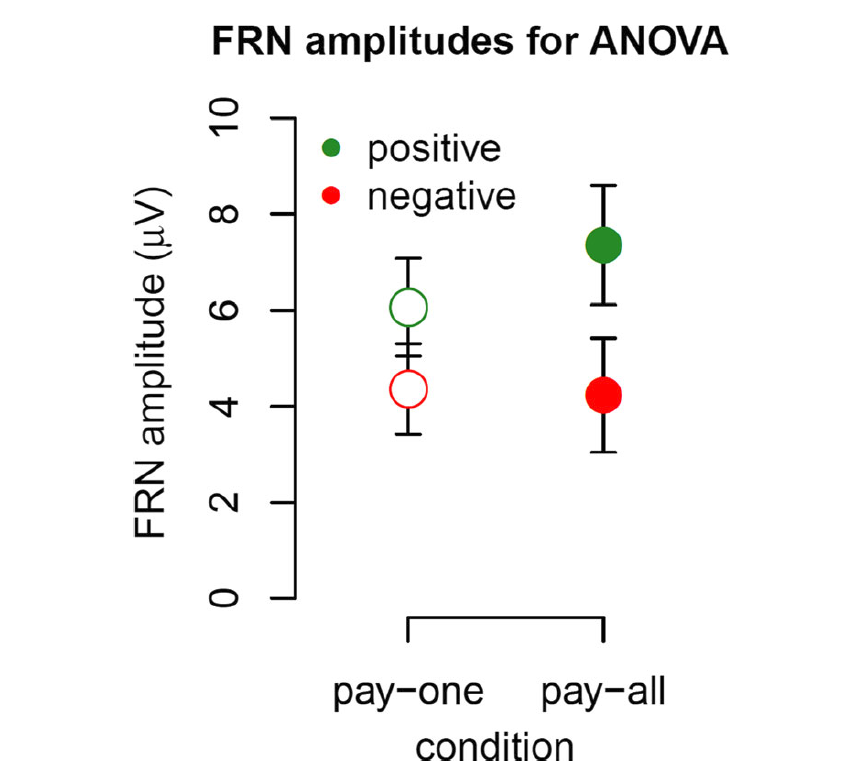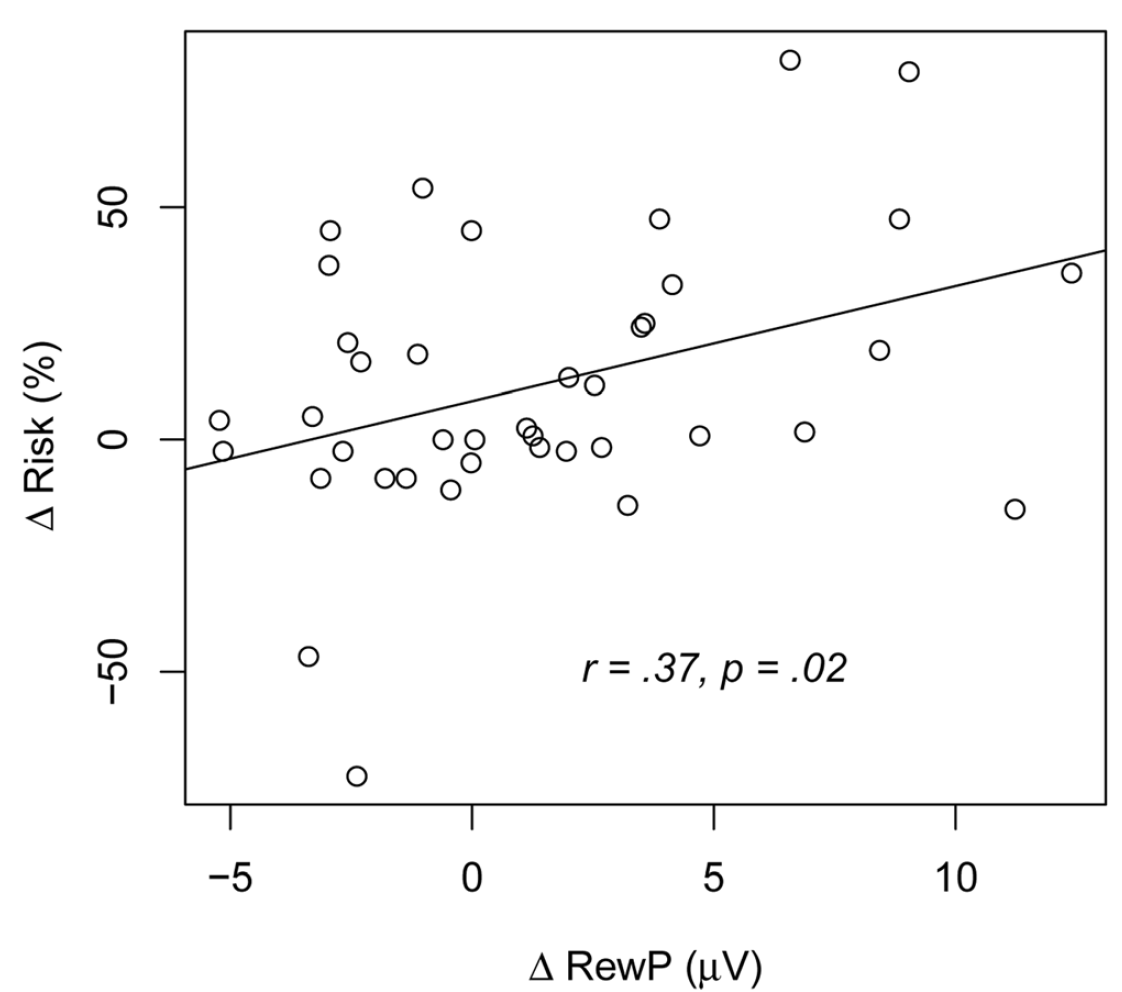Suppose you own Montana’s only candle-holder shop. Business is going well and you want to inspire your two employees, Fred and Giselle, to work even harder so you can open a franchise in Idaho. You decide to offer a performance bonus to your best employee, defined as the person who is most courteous to customers and who produces the largest revenue.
How would you monitor Fred’s and Giselle’s performance to determine who is most deserving of the bonus?
It might be tempting to monitor their performance throughout, for example by measuring all their transactions and recording all their conversations. Surely this would identify the better employee? And surely both Fred and Giselle would try hard to win the competition?
Perhaps counter-intuitively, this is not the case: When monitoring is exhaustive, and the performance data are thus as accurate as possible, the weaker employee may feel that they have no chance of receiving the bonus, and thus have no reason to try harder. If the stronger employee recognizes this, they too have no incentive to work harder because they can be assured of winning the competition. Ironically, highly accurate scrutiny may thus fail to induce greater effort and an increase in overall performance.
By contrast, if performance is monitored only occasionally, thus injecting error into the assessment, both employees have an incentive to strive harder: the weaker person knows that they might outperform the stronger competitor by chance, and by the same token, the stronger person knows they might lose for the same reason. Less scrutiny might therefore yield more performance. This effect has been repeatedly uncovered in the laboratory.
Now consider a situation involving a long series of economic gambles. On each trial, participants make a decision and they receive a reward if their gamble has paid off. Because it can be expensive to pay out the winnings that participants accumulate across a large number of trials, researchers have often rewarded participants at the end of the experiment on the basis of a single, randomly chosen trial.
What are the consequences of this “pay one” paradigm? Would this partial payment alter people’s behavior, similar perhaps to the way in which partial scrutiny affects performance more than exhaustive monitoring?
The evidence suggests that the pay one paradigm might indeed alter people’s risk-seeking behavior. If a randomly chosen trial involved a risky decision with a potential reward of zero (e.g., 80% chance of winning $5 against 20% chance of getting nothing), then a participant might walk away from the experiment with no winnings at all. Pay one paradigms may therefore induce participants to make fewer risky decisions (e.g., pick a certain $2 instead of $5 ´ .8 + $0 ´ .2), and this is indeed what has been observed.
A recent article in the Psychonomic Society’s journal Cognitive, Affective, & Behavioral Neuroscience investigated the neural mechanisms underlying the behavioral differences between the pay one and pay all paradigms.
Barbara Schmidt and colleagues recorded brain activity from the scalp of participants engaged in a decision-making task under one or the other payment paradigms. The researchers focused on reward positivity, a reward-related brain response that is known to occur after feedback is provided in a decision task and that is more positive-going after a financial gain or correct feedback than after a loss or error feedback.
On each trial, participants had to choose between two options, as illustrated in the figure below.

One of the options was risky (11 cents vs. nothing) and the other option (6 cents or 5 cents) was safe. Both options had the same expected value (5.5 cents). Participants were required to choose an option by pressing one of two corresponding buttons. Irrespective of their response, on 50% of trials the feedback was positive (as in the figure above), and on the remaining 50% the feedback was negative.
Participants’ choices across the two conditions are shown in the figure below:

It is clear that participants were more risk averse in the pay one condition than in the pay all condition. This result replicates earlier findings and confirms that participants are attuned to the implications of the two payment regimes.
Of even greater interest were the neurophysiological results, which are shown in the next figure:

The figure shows the amplitude of the “feedback error-related negativity”, or FRN, which is evaluated within a narrow time window of between 272 ms and 300 ms after the presentation of monetary feedback. In general, the more negative an outcome, the more negative the amplitude of the FRN.
The figure permits two conclusions. First, the FRN amplitude was more negative after negative feedback (red plotting symbols) than after positive feedback (green). This is precisely as expected and confirms that the FRN picks up a reward signal: The reward positivity is the difference between FRN amplitude after negative outcomes minus FRN amplitude after positive outcomes.
Second, the difference between negative and positive trials was greatly attenuated in the pay one condition compared to the pay all condition.
Finally, the behavioral measures and the physiological measures were correlated across participants, as shown in the next figure, which plots the difference in risky behavior between conditions (pay-all minus pay-one) as a function of the difference in reward positivity amplitudes between conditions (pay-all minus pay-one). Both axes therefore represent difference scores between the two payment conditions.

In a nutshell, people who showed smaller reward positivity in the pay-one condition also selected the risky option less often in the pay-one compared to the pay-all condition.
This association is of considerable theoretical interest. There is evidence from the previous literature that the reward positivity is smaller in situations and populations associated with increased levels of cognitive control. Given that consistent avoidance of the risky choice may require increased cognitive control, the association between the behavioral and neurophysiological measures is not unexpected.
On the basis of other aspects of their data, Schmidt and colleagues were able to rule out two alternative explanations for the association in the preceding figure, namely lower levels of arousal or motivation.
Schmidt and colleagues conclude that:
“… the choice of payment method has severe consequences on decision-making. Participants in the pay-all condition behave almost risk-neutral, choosing the riskier option in about 50% of trials, which accords with economic theories that predict risk-neutral behavior when stakes are relatively low… In contrast, participants in the pay-one condition are 12% more risk averse.”
The extent of risk aversion exhibited by participants in economic experiments may therefore vary with the way in which they are rewarded.
Psychonomics article focused on in this post:
Schmidt, B., Keßler, L., Hecht, H., Hewig, J., Holroyd, C. B., & Miltner, W. H. (2019). What you give is what you get: Payment of one randomly selected trial induces risk-aversion and decreases brain responses to monetary feedback. Cognitive, Affective, & Behavioral Neuroscience, 19, 187-196. DOI: 10.3758/s13415-018-00656-1.
